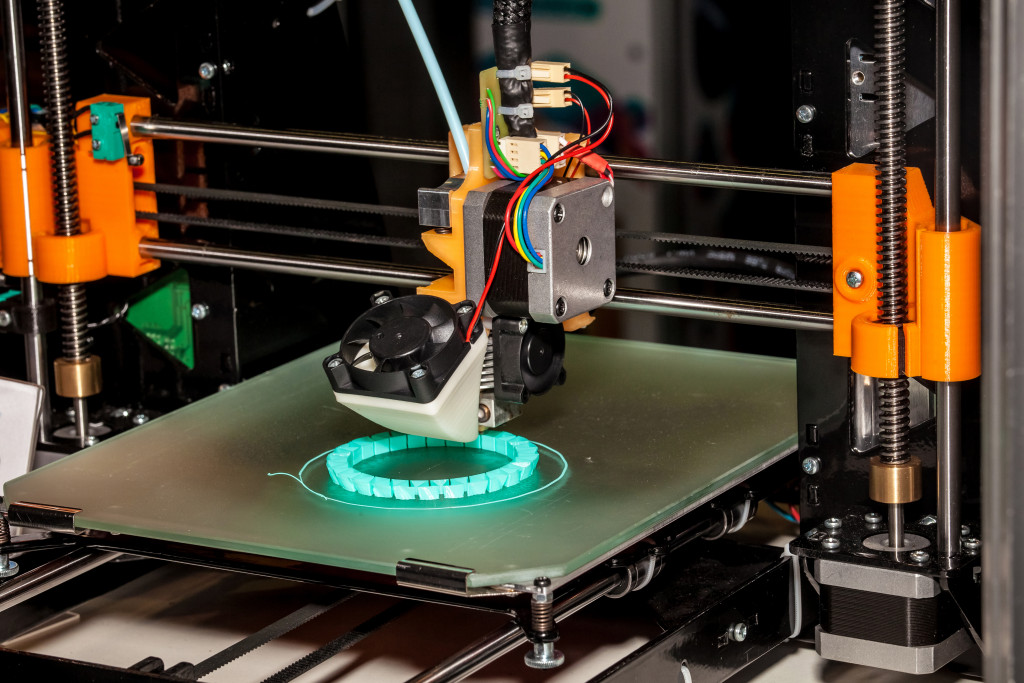The automotive industry is one of the most rapidly changing and innovative industries globally. With new technologies and trends emerging all the time, it can be hard to keep up. We have put together a list of the top nine automotive industry trends and innovations that you need to know about.
1. Electric Vehicles
Electric vehicles are becoming increasingly popular, with many major manufacturers now offering them. This is due to factors including environmental concerns and government incentives. Electric vehicles are more efficient than traditional petrol or diesel-powered cars and produce zero emissions.
Also, thanks to advances in battery technology, electric cars can now travel much further on a single charge than they could in the past. This means that range anxiety, which was a significant barrier to purchase for many people, is no longer as big of an issue.
2. Connected and Autonomous Vehicles
Connected and autonomous vehicles (CAVs) are another major trend in the automotive industry. These are vehicles that are able to communicate with each other and with infrastructure using wireless technology, and they can also drive themselves without the need for a human driver.
CAVs offer a number of potential benefits, including increased safety, reduced congestion, and improved efficiency. However, there are also some concerns about the security and privacy of the data that these vehicles generate.
3. Ride-Sharing and Car-Sharing
Ride-sharing, where people use an app to hail a ride from a driver, and car-sharing, where people can rent cars by the hour or day, are both growing in popularity. This is particularly true among young people, who are less likely to own a car than previous generations.
Ride-sharing and car-sharing offer a convenient and affordable alternative to owning a car. They can also help reduce congestion and pollution.
4. Alternative Fuels
Alternative fuels, such as biodiesel, ethanol, and hydrogen, are becoming more popular as people look for ways to reduce their impact on the environment. Biodiesel, for example, is made from renewable sources such as vegetable oil or animal fat, and it can be used in most diesel engines without any modifications.
These alternative fuels have the potential to reduce emissions and help to protect the environment. So, it’s likely that we’ll see more of them being used in the future.
5. 3D Printing
3D printing is another cutting-edge technology that is starting to be used in the automotive industry. This involves using a printer to create three-dimensional objects from a digital file.
3D printing can be used to create prototypes or small batches of parts. It’s also being used to create customized parts for individual customers. This technology has the potential to revolutionize the way that cars are manufactured and repaired.

6. Advanced Materials
Advanced materials, such as carbon fiber and magnesium, are being used more and more in the automotive industry. These materials are strong but lightweight, which makes them ideal for use in cars.
They also have other benefits, such as resistance to corrosion and improved thermal conductivity. So, we are likely to see more advanced materials being used in cars in the future. Moreover, expert auto mechanics are now using these materials to make the vehicles much safer.
7. Vehicle Connectivity
Vehicle connectivity is another major trend in the automotive industry. Vehicles are now being equipped with wireless technology that allows them to connect to the internet and to other devices.
This connectivity can be used for a variety of purposes, such as infotainment, navigation, and diagnostics. It also opens up the possibility of new services, such as vehicle-to-vehicle (V2V) communication.
8. Advanced Manufacturing
Advanced manufacturing techniques, such as robotics and 3D printing, are being used more and more in the automotive industry. These techniques can help to improve the quality of cars and speed up the manufacturing process.
Moreover, they can also help to reduce the cost of cars. So, it’s likely that we’ll see more and more cars being manufactured using these advanced techniques in the future.
9. Big Data
Every business is now collecting data, and the automotive industry is no exception. Cars are now equipped with sensors that collect a variety of data, such as location, speed, and fuel level.
This data is then transmitted to the manufacturer, who can use it to improve the design of cars and the efficiency of production. Big data is also being used by insurance companies to set premiums.
These are just some of the major trends and innovations that we are seeing in the automotive industry. It’s an exciting time to be involved in this sector, and we can expect to see even more change in the years to come.
